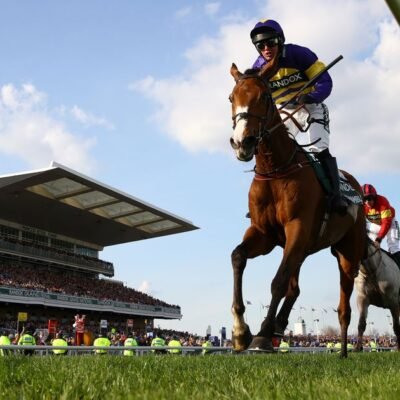On 7 June, Art Money founder Paul Becker released a statement announcing the business will ‘pause new business operations whilst we recapitalise’ – a decision that Becker did not make lightly.
Art Money is an Australian art fintech business that offered interest-free, 10-month payment plans for artwork purchases between $500 to $1 million. Its goal has been to make art collecting accessible, affordable and sustainable.
The business has grown since launching in 2015, partnering with over 2000 art galleries across various international locations, with over 20,400 artworks transacted.
In 2023, Art Money gained the backing of Christie’s Ventures. Part of the deal was the potential to gain access to ‘a $US1 billion slice of Christie’s annual sales in the coming 12 months’. With its model that pays sellers (i.e. galleries) ahead of clients (i.e. art buyers), Art Money has secured $100 million in debt finance. Yet, this was not enough to make the business profitable, compounded by pressures of the economic decline where many buy-now pay-later businesses are suffering.
Becker explained in his statement, ‘The business I founded, Art Money, has run out of operating capital and I’ve let down a lot of people who believed in it, and in me.
‘This means that from 10 June 2024, new clients will not be able to apply for finance, and existing clients will not be able to make new purchases. At least for now.’
Becker continued to clarify that ‘all galleries, artists and art sellers have been paid, or will be shortly — that’s a different bucket of money (the debt side)’.
According to Becker, Art Money is ‘the world’s only global art fintech’, but adding that a ‘US$5 million (AU$7.58 million) additional equity investment [is needed] to take us to profitability by end of 2025’. He continued, ‘Like any business that is pre-profitability, including most startups and early stage companies, investor funds are required to bridge the gap to profitability whether you are Uber or Amazon or Art Money. We are around 18 months away from that.’
Becker cited three major obstacles for Art Money to turn a profit, including art market contractions during a global economic downturn, drying up of the equity market, and interest rates compressing margins and reducing profitability.
Read: The arts are being sidelined in the cost of living crisis
‘We need to recapitalise the business. It’s been bootstrapped since inception and we’ve achieved a lot with a little,’ wrote Becker. ‘Whilst the model is now proven, and common in every other industry except art, the business cannot go to the next stage and realise its potential without sufficient equity capital. It ideally needs a combination of strategic partners from the industry, a “coalition of the willing” if you like, that are united in growing the art market for all stakeholders to benefit. I know there is strong community support for the business model however it would be unfair to ask the community to lead any new investment of this size.’
While Art Money is currently in a strapped position, Becker remains hopeful. ‘We still have the potential to be a $1bn business if we get it right, which becomes the engine for making a real impact on the lives of many, putting more art and culture into the world, something I believe the world needs now more than ever,’ he concluded.
This news comes at a time that could impact Australia’s art market in its immediate aftermath, with Affordable Art Fair Sydney about to open from 13-16 June, Sydney Contemporary from 5-8 September and Other Art Fair coming up 3-6 October. Art Money was a popular financing option offered at all of these events.





